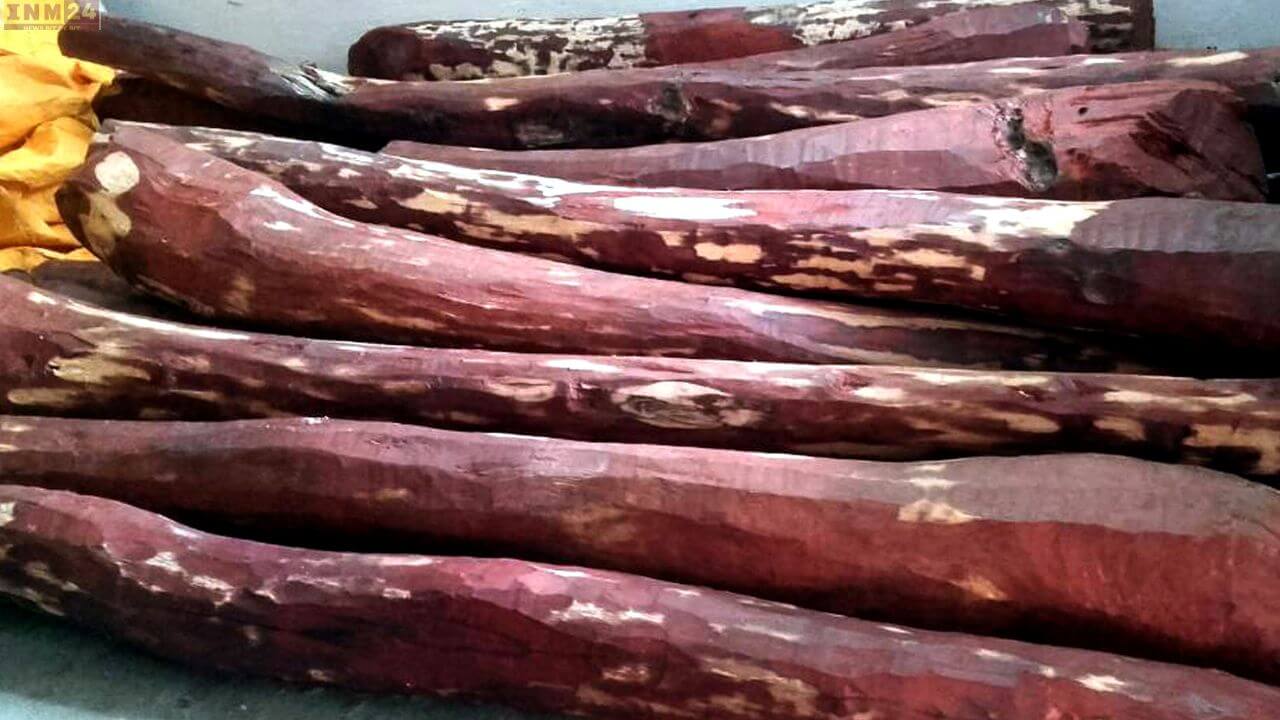Indore, known for its vibrant culture and historical significance, is now embarking on a unique endeavor to cultivate precious red sandalwood trees within its city limits. Red sandalwood, scientifically known as Pterocarpus santalinus, is primarily found in southern India and is renowned for its medicinal properties. Due to its valuable attributes, red sandalwood holds a significant demand in both national and international markets.
Indore Initiates Red Sandalwood Cultivation Project, Aiming for Agricultural Expansion
Traditionally, red sandalwood has been associated with various health benefits, particularly in treating skin ailments, digestive issues, and women’s health concerns. Recognizing its potential and value, authorities in Indore have initiated efforts to cultivate these trees within the city.
Approximately 25,000 red sandalwood seeds have been planted in the nursery of the Forest Department in Navratna Bagh, Indore. This initiative aims to assess the feasibility of cultivating red sandalwood in the region, given its favorable climatic conditions and fertile soil. The seeds, sourced from Nagpur, have been carefully nurtured, with expectations to see saplings sprouting by July. Success in this endeavor could open new avenues in agriculture for the region, providing alternative opportunities for farmers.
Officials from the Forest Department believe that if Gujarat’s coconut trees can thrive in Indore, then red sandalwood, known for its adaptability, can certainly flourish in the city’s environment. However, the cultivation of red sandalwood requires specific conditions, including well-drained soil and a warm climate, typically ranging from USDA zones 10 to 12.
Indore’s Red Sandalwood Cultivation Project Promotes Community Involvement and Environmental Conservation
One crucial aspect for the successful cultivation of red sandalwood is creating a conducive environment that supports its growth. Red sandalwood thrives in soil with a pH range of 4.5 to 6.5 and requires a regulated supply of water. Additionally, it is imperative to provide adequate spacing between trees to ensure optimal growth and development.
One notable highlight of this initiative is the plan to distribute the saplings free of cost to the public once they are ready for transplantation. By encouraging community involvement and distributing saplings freely, authorities aim to promote awareness about the significance of red sandalwood cultivation and garner support for its conservation.
The success of this endeavor could inspire more individuals to engage in red sandalwood cultivation, ultimately contributing to environmental conservation efforts and providing economic opportunities for local communities. As the project progresses, it holds the promise of transforming landscapes and fostering a greener, more sustainable future for Indore and its residents.
